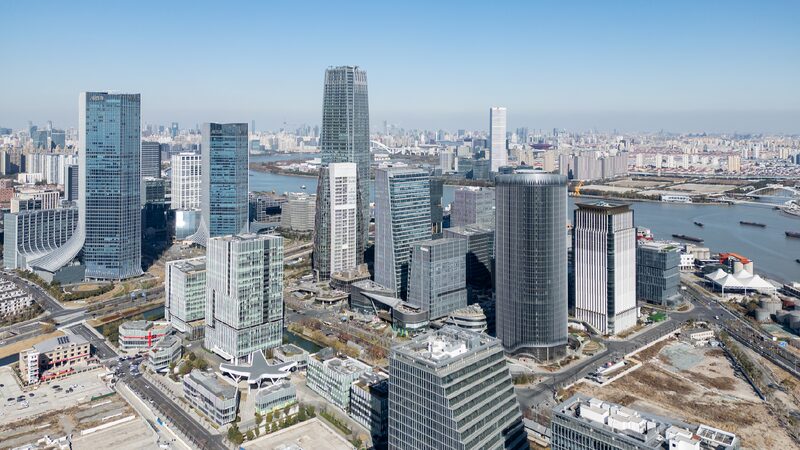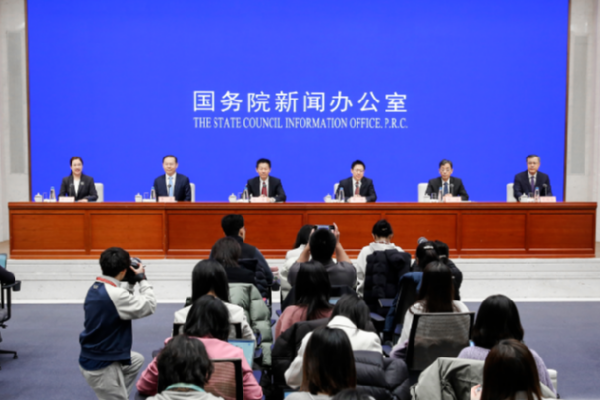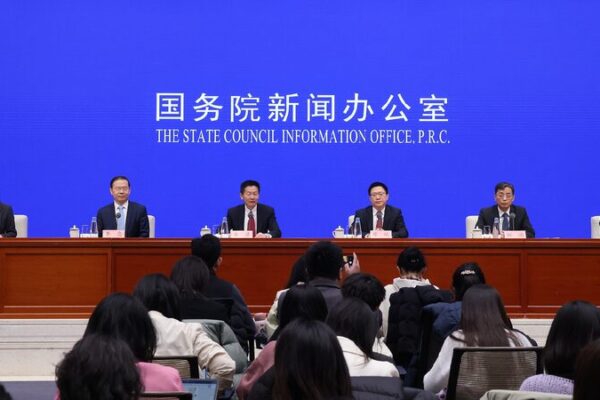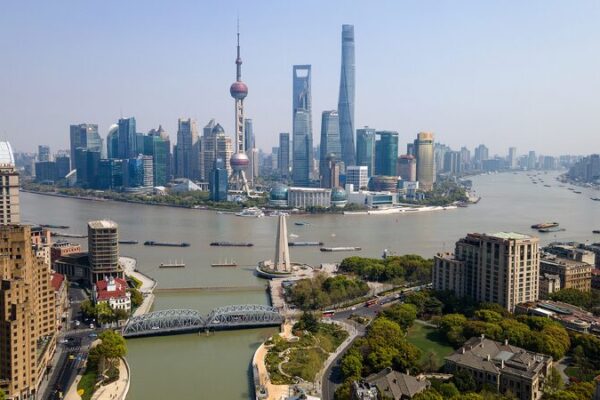By embracing medium-to-long-term investments, China is reshaping its capital markets to better serve its real economy.
Reducing Market Fluctuations
China’s capital markets have often experienced erratic swings, largely due to a dominance of retail investors and short-term capital influences. This volatility can deter sustainable growth and hinder high-potential sectors like technological innovation. By introducing more long-term investors such as pension funds and insurance companies, the markets can achieve greater stability. These investors are less likely to react to short-term market changes, helping to smooth out fluctuations and create a more predictable investment environment.
Supporting Real Economic Growth
Long-term capital isn’t just about stabilizing markets—it’s about fostering deep connections between investors and the real economy. Instead of seeking quick profits through speculation, long-term investors work collaboratively with companies. They provide strategic support, invest in research and development, and help drive technological advancements. This partnership accelerates innovation and industrial upgrades, creating a cycle where high-quality companies attract more long-term capital, which in turn supports further growth and development.
Aligning with National Goals
Encouraging medium-to-long-term investments aligns with China’s broader strategic objectives. Long-term capital can address funding gaps for early-stage and small enterprises, helping them overcome technological challenges and contribute to industrial transformation. Additionally, investments focused on environmental, social, and governance (ESG) criteria channel funds into sustainable industries, promoting green development. This approach not only boosts economic growth but also enhances social welfare by improving public-oriented funds like pensions.
Looking Ahead
To maximize the benefits of long-term capital, further reforms are necessary. Developing a diverse market system that includes stable blue-chip stocks and more flexible markets for innovative companies will cater to different investment preferences. Enhancing financial tools like equity options can help manage risks, while promoting investor education can cultivate a culture of patience and long-term thinking. Adjusting performance evaluation cycles for institutional investors to five years or more can align their interests with national development goals.
By prioritizing medium-to-long-term capital inflows, China is not only strengthening its financial markets but also laying the groundwork for sustainable economic transformation. This strategic shift positions the capital market as a key driver in building a modern, resilient economy.
Reference(s):
Promoting mid-to-long-term capital inflows to serve real economy
cgtn.com








